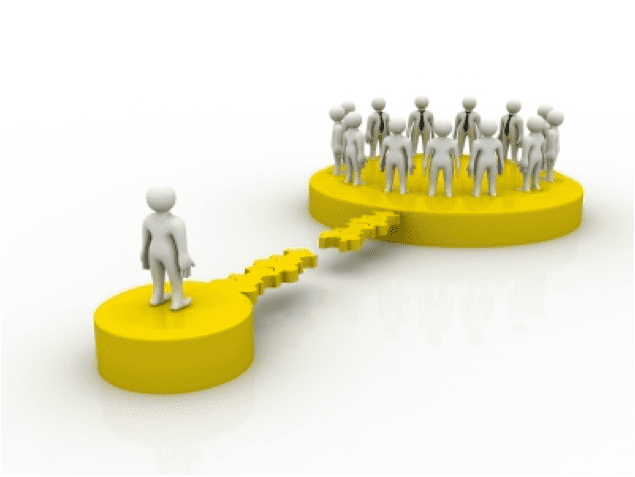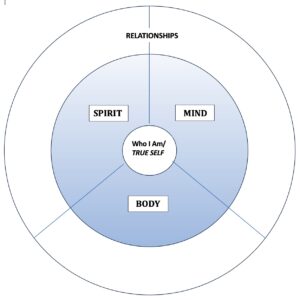It is Day One after a long journey back from Canterbury, England. As always upon my return from the Socio-technical Systems Roundtable’s (STS-RT) annual learning event, I am filled with more questions than answers, which is probably a good measure of its success at meeting attendees’ needs.
This international group of STS practitioners, academics, researchers and union advocates all share a passion for creating humane and effective organizations. We fulfill this mission by co-designing with clients their organizational structures, processes and interactions to serve the values and principles of an open, whole system philosophy. As you can imagine, the conversations at our learning event can become quite “heady”, intellectual or even technical, in nature. Just as the great challenge in designing organizations is to jointly optimize their technical and social systems, similarly in our own community of practice we are challenged with balancing our technical understanding of methodologies and tools with our social understanding of relationships and human needs.
In fact, prior to arriving in Canterbury, I described myself as an organizational designer. One of the questions emerging for me out of this recent communion and collaboration with like-minded colleagues is, “Are we still organizational designers or are we becoming community builders within and across organizational boundaries?”
In the earlier days of our STS design careers, most of us enabled organizational clients to journey through a seven- or nine-step STS design and transformation model. We attempted to accomplish the redesign or new design in participative forums with clients. That is, we sought to bring the entire organizational system into the design experience so those who were doing the work could design in their desired changes. Even within such large-scale employee collaborations, we were the design experts. This mode of ‘expert designer leading the change process’ has fallen away as organizations adopted and internalized our technical methods and tools — using data to inform decisions, eliminating errors and rework, designing whole jobs, production systems and supply chains.
With these technical tools, many organizations mastered the ability to design continuous improvement processes into their operations and interactions with suppliers. However, in my view, their design deliberations did not evolve their social system to a similar capacity among their employees. In today’s business world this imbalance between social and technical optimization may be the reason we are seeing a growing emphasis on social innovation and social enterprise, both of which work to “extend and strengthen civil society” including the stewardship of our environment. In other words, this emerging societal demand is asking for greater responsibility in our actions toward each other.
Taking on a mission of social responsibility challenges each of us to rethink our current experience, identity and contributions to society. In essence, it requires us to up our game with regard to the quality of our interpersonal relationships. What I find quite interesting is most of my current clients share this as a common desire — to belong within a happy, healthy community.
Psychologist William Schutz (1925-2002) stated that people join groups or communities to satisfy their basic interpersonal needs of inclusion, control and affection/openness. Inclusion reflects their need for prominence and a sense of belonging. Control refers to their need for competence; the ability to cope with the world. Affection, later renamed openness, reflects their need for emotional ties or closeness to others and is the last phase to develop in human relationships.
Until the recent financial crises, openness was not a criterion explicitly demanded by stakeholders within the workplace. This would appear to be changing. Humans, organized into communities of work and practice, recognize that without the willingness to develop deeper relationships, these communities cannot sustain themselves. The more superficial needs of inclusion and control must give way to intimacy and affection in order for lasting bonds to form and embrace individual diversity.
This flow from inclusion to control to openness applies across all relationships. From a personal example, my sister and I currently are working through a deeply-rooted dynamic that existed within our family of origin. If we did not share a deep affection and love for each other, we would not risk becoming vulnerable and opening ourselves to the dialogue which will enable us to transform this generational pattern. Similarly in my professional communities, we must move beyond our need for inclusion and control and penetrate openly and lovingly the differences that strengthen us but can also create separation. This is not the role of an expert designer, a guru of organizational architecture or a guru of any other kind. This is, however, what social responsibility involves, and it requires each of us, en masse, to “be the change we wish to see” and become community builders.
In this moment, what action can you take to create greater openness between you and those you love as well as those with whom you are in community?





